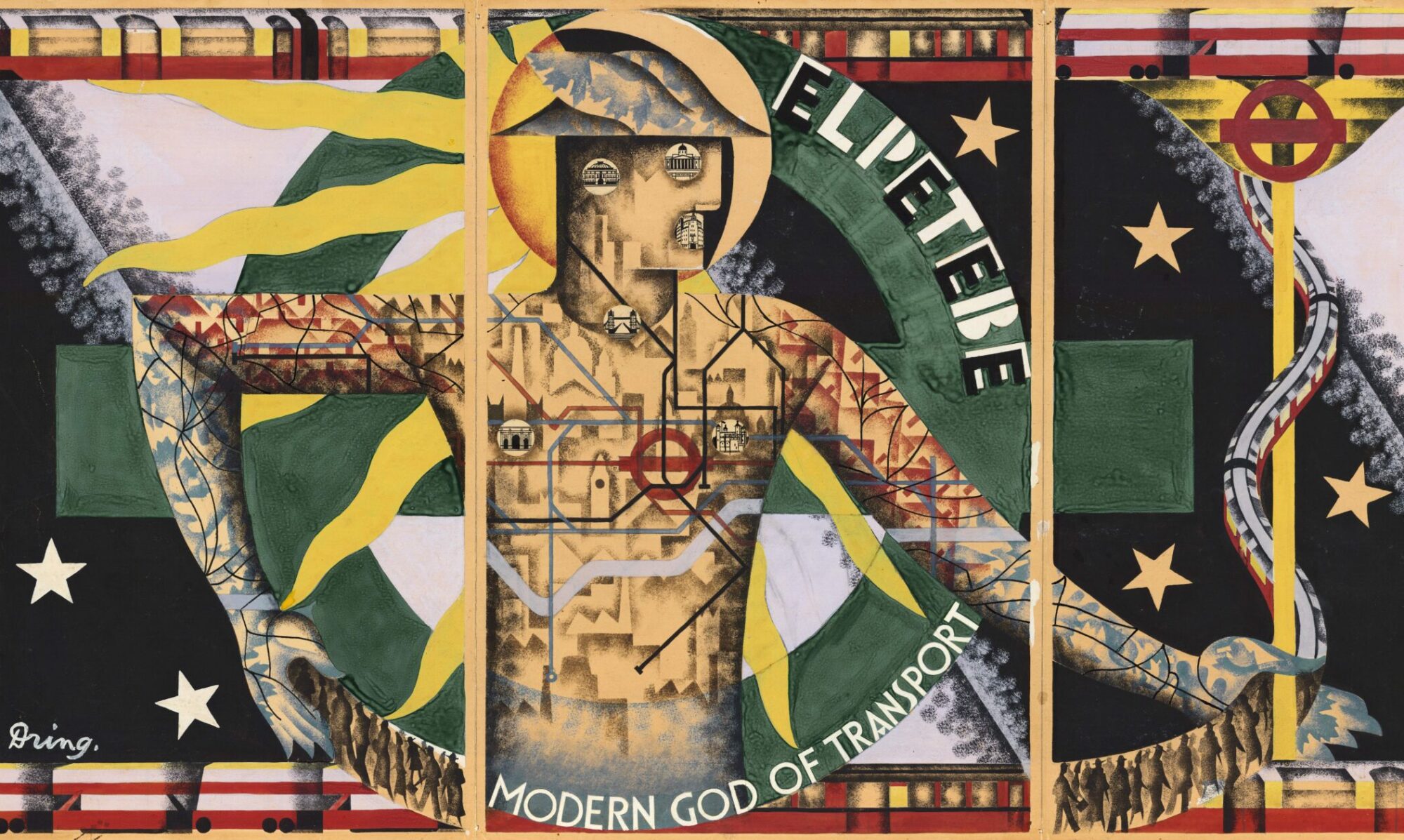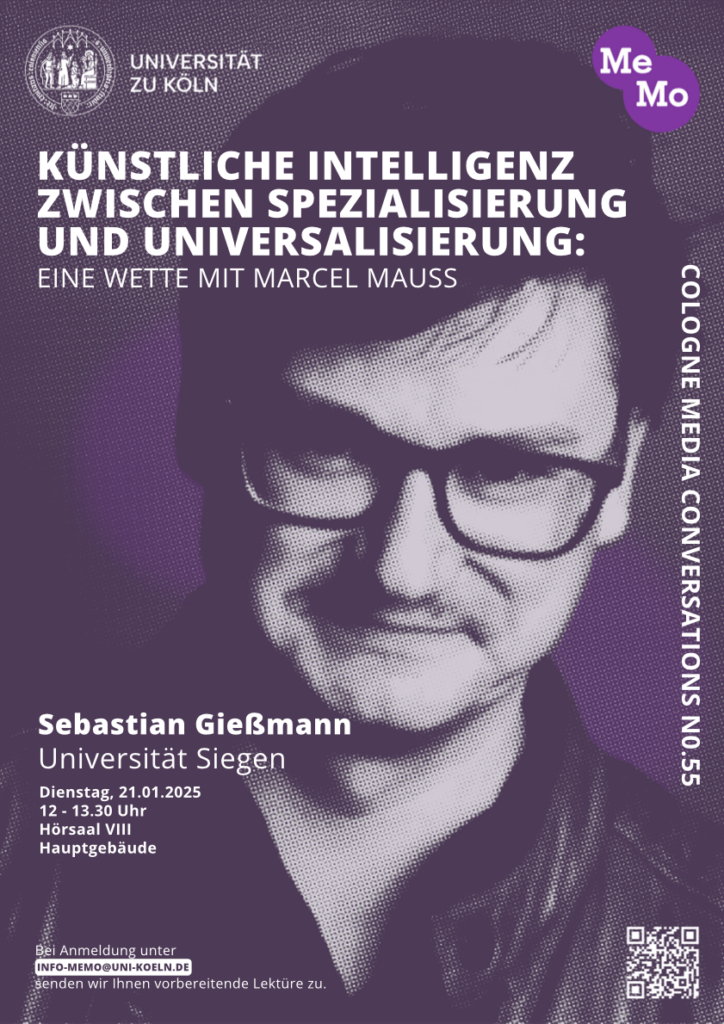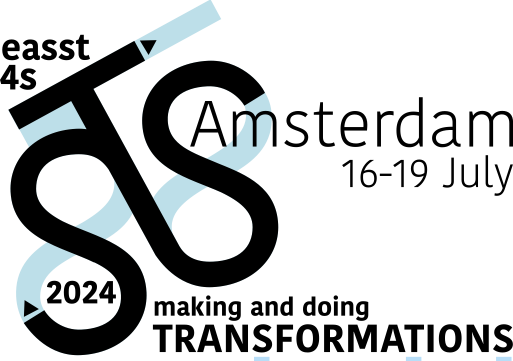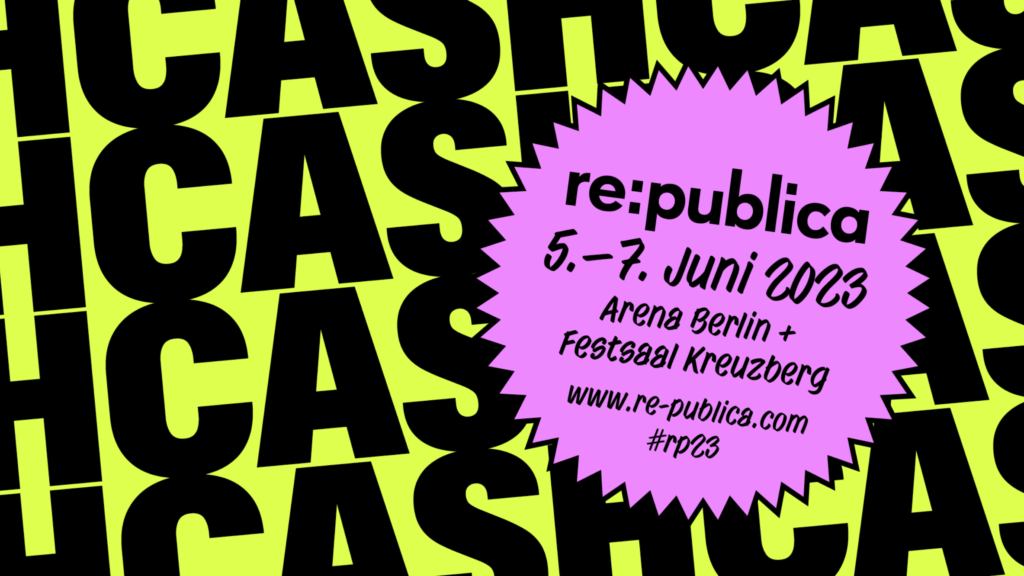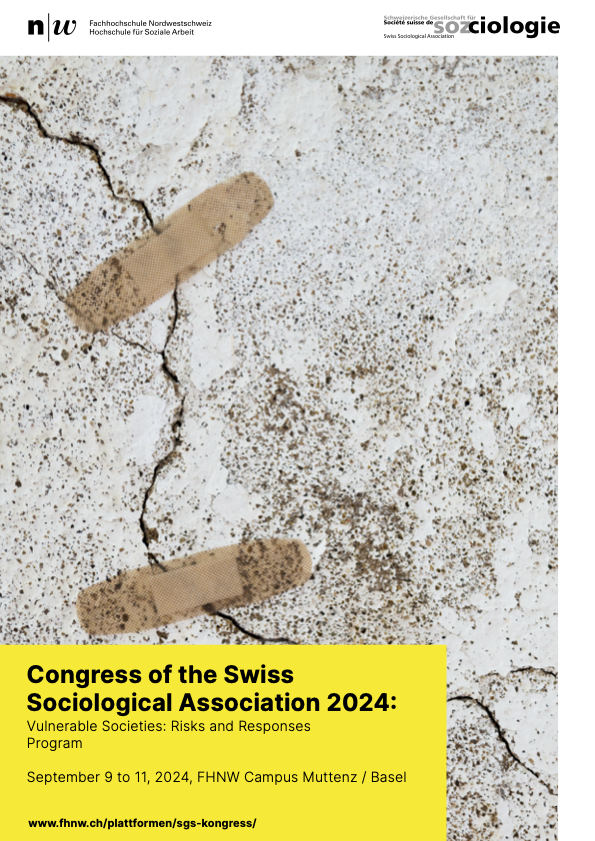
Mein Beitrag fragt im Rahmen des Panels „Digital Payments: Neue Vulnerabilitäten?“ nach – mithin entscheidenden – Umschlagpunkten und Leerstellen in der Medien- und Sozialgeschichte des digitalen Bezahlens. Techno-ökonomische Netzwerke werden, wie Michel Callon (1991) gezeigt hat, im Laufe ihrer Entwicklungsverläufe irreversibel. Mich interessiert diese Produktion von Irreversibilität in den mehrfachen Digitalisierungen des Bezahlens.
Ab wann und für welche Praxisgemeinschaften kann ein Bezahlsystem als universell gelten? Lässt sich diese Universalität verstetigen, oder müssen wir mit immer neuen spezialisierten Infrastrukturen rechnen, die fortwährend neue Tokens (O’Dwyer 2023) produzieren? Wem obliegt die Übersetzung von neuen Formen des Datengelds, und wie wird es mit Plattformökonomien verknüpft? Auf welche Formen von gesellschaftlicher Vulnerabilität antworten die Versicherheitlichungen digitaler Werte? Und welche individuellen Formen von Verletzlichkeit entstehen durch sie?
Einsatzpunkte des Vortrags sind u. a. die Standardisierung der Kreditkarte parallel zur Aufhebung des Goldstandards 1971, die konstitutive Absenz von Bezahlstandards im frühen World Wide Web der 1990er Jahre (und der damit einhergehende Aufstieg von Werbenetzwerkwerken als Geschäftsmodell), der Aufstieg von PayPal aus dem Zusammenbruch der Dotcom-Blase heraus und die Konjunktion des Bitcoins mit der Finanzkrise von 2008.
Konstitutive Veränderungen der Medien des Mediums Geld, so die Annahme, indizieren mehr als ein Ringen um Marktanteile und Zugang zu sozio-ökonomischer Handlungsfähigkeit und Macht. Sie sind Arbeit am sozioökonomischen Gefüge von Gesellschaften weltweit, zu dem man in Anschluss an Bruno Latour (2002: 21) sagen kann: Je mehr Infrastrukturen, je mehr datenintensive Vermittlungen, umso realer – aber auch verletzlicher – wird finanzmediale Wirklichkeit.
Jede Vermittlung zählt. Besonders deutlich wird dies in der biometrischen Zurüstung neueren Datengeldes, das eine massive Personalisierung von Werten durch und mit Körperzeichen vornimmt. In dieser Kombination von Konto, Körper und Person zeigt sich die mediale Dimension von Bezahlsystemen als Klassifikationssystemen, durch die elementare Differenzen von class, race und gender konstituiert und – potenziell – irreversibilisiert werden.
Digital Payments: Neue Vulnerabilitäten?
11. September 2024, 13.15–14.45 Uhr
Raum 02.O.03
FHNW Campus Muttenz / Basel
Mit Beiträgen von Markus Unternährer, Antonia Steigerwald, Tatjana Graf, Carola Westermeier, Marek Jessen und Sebastian Gießmann
- Callon, Michel. „Techno-Economic Networks and Irreversibility“. In A Sociology of Monsters? Essays on Power, Technology and Domination, herausgegeben von John Law, 132–161. London; New York: Routledge, 1991.
- Latour, Bruno. „What is Iconoclash. Or is There a World Beyond the Image Wars?“ In Iconoclash. Beyond the Image Wars in Science, Religion and Art, herausgegeben von Bruno Latour und Peter Weibel, 14–37. Karlsruhe; Cambridge, MA; London: ZKM; MIT Press, 2002.
- O’Dwyer, Rachel. Tokens. The Future of Money in the Age of the Platform. London; New York: Verso, 2023.
